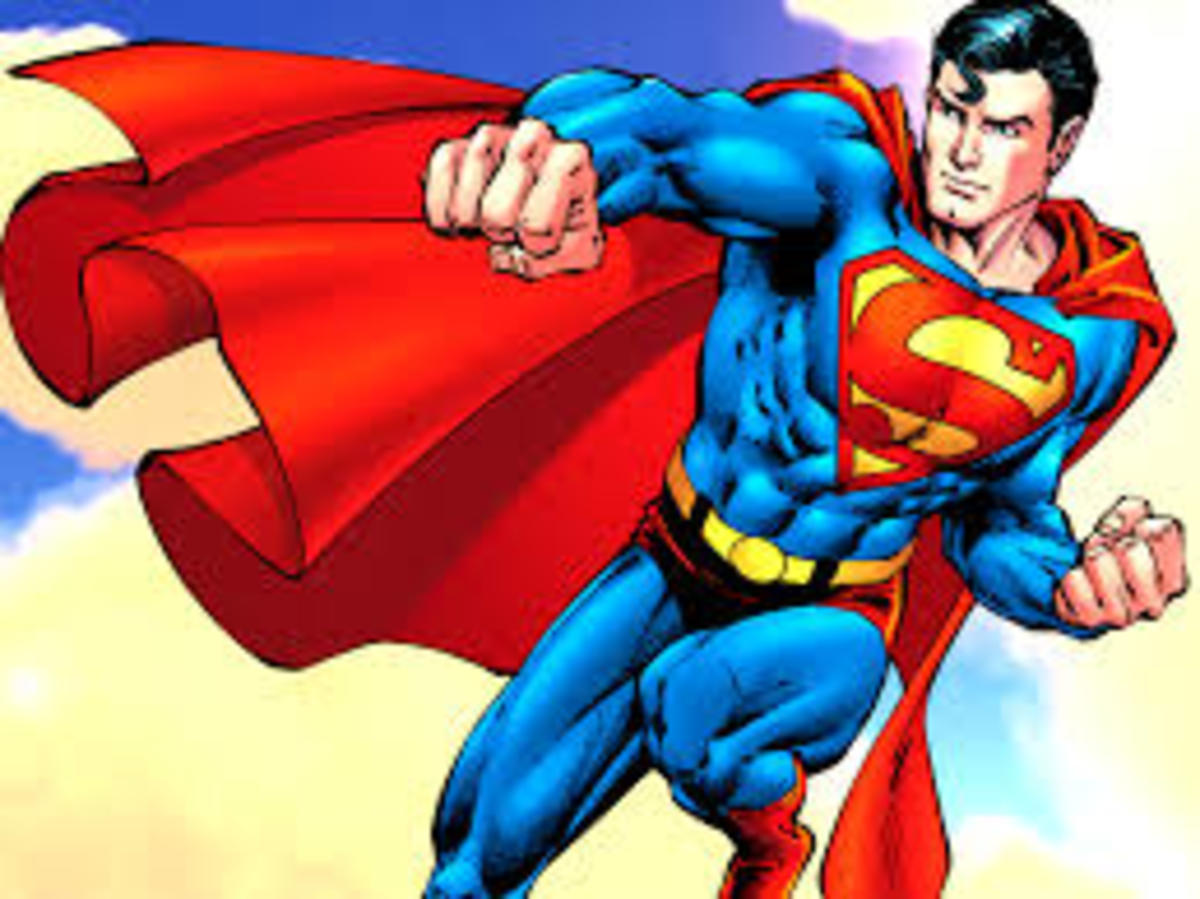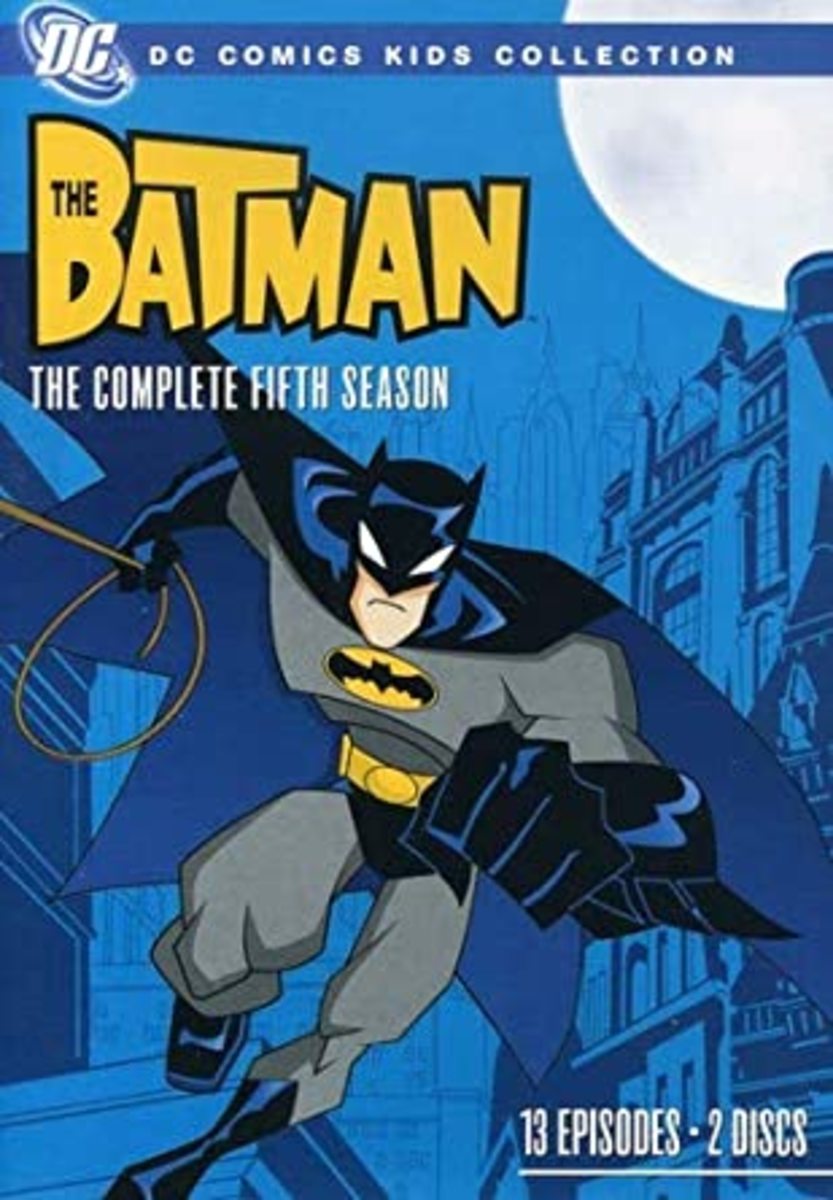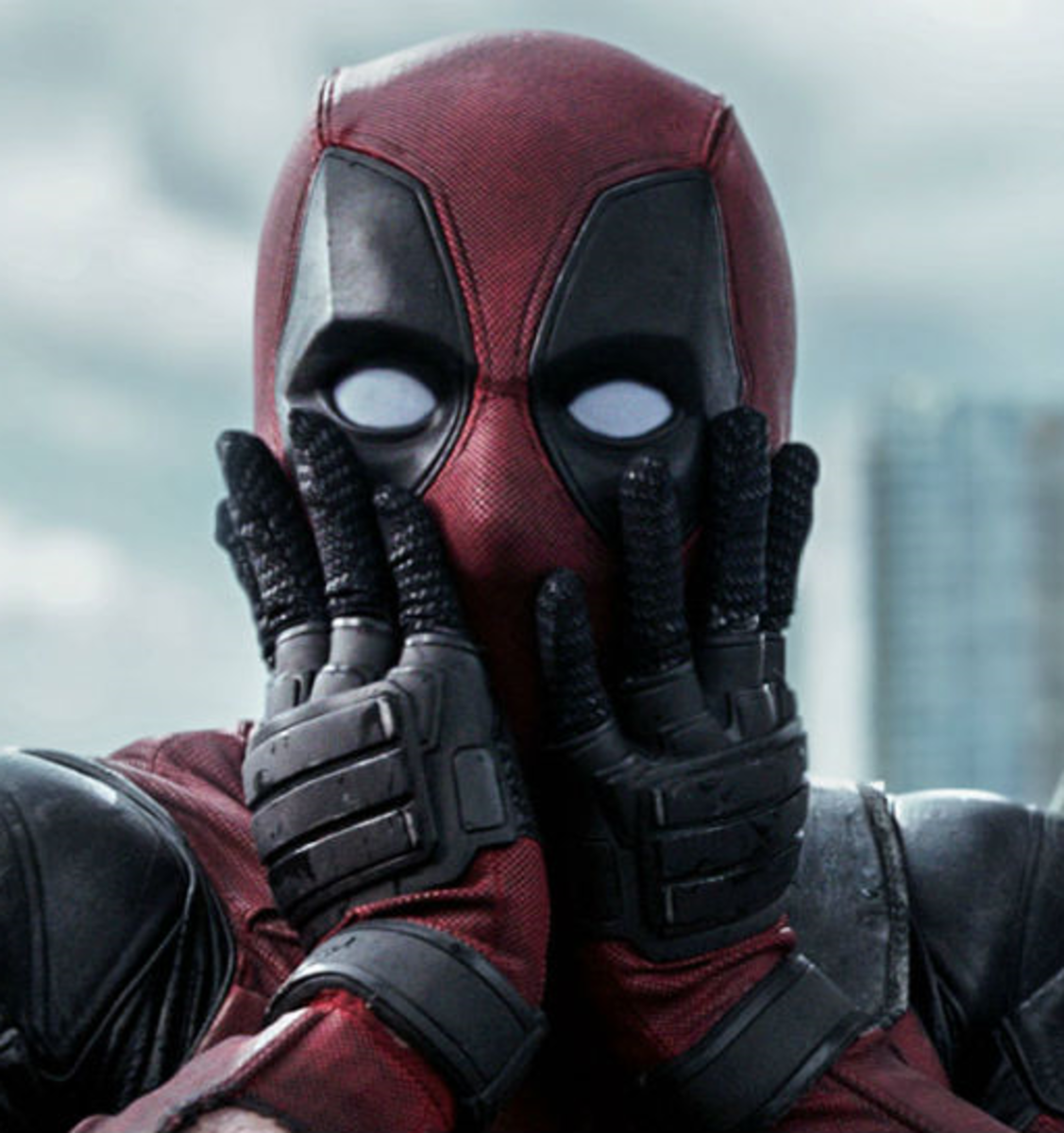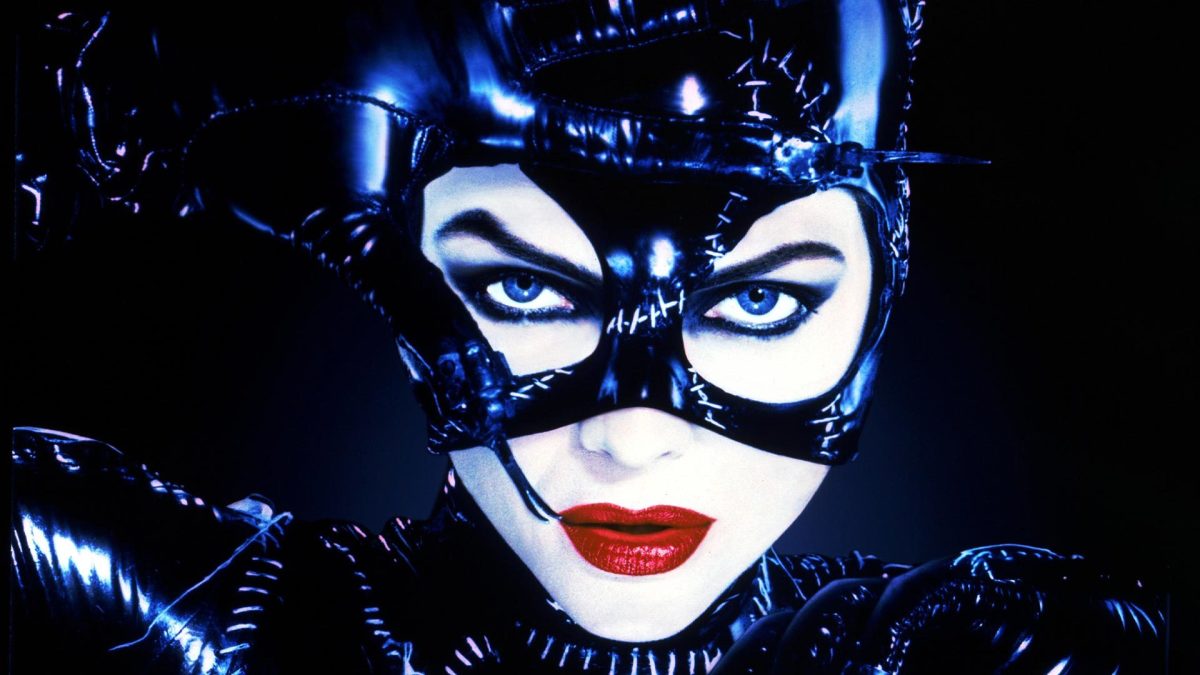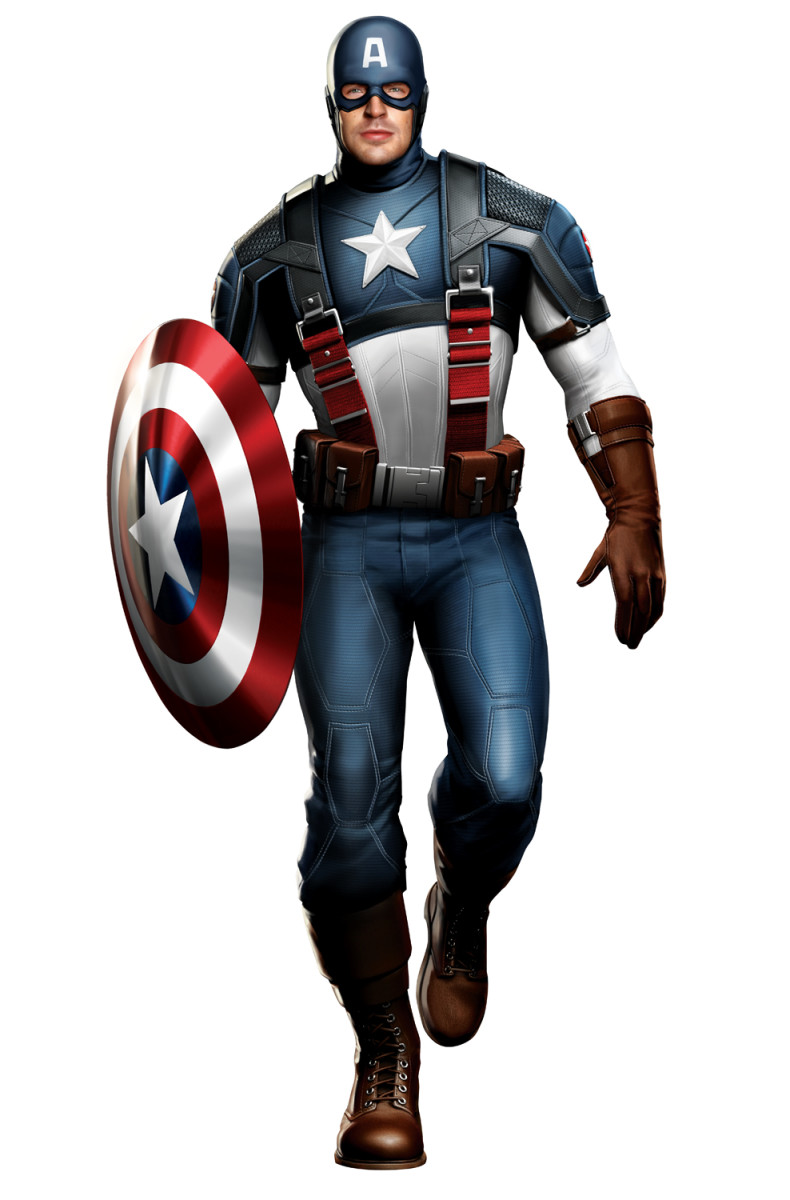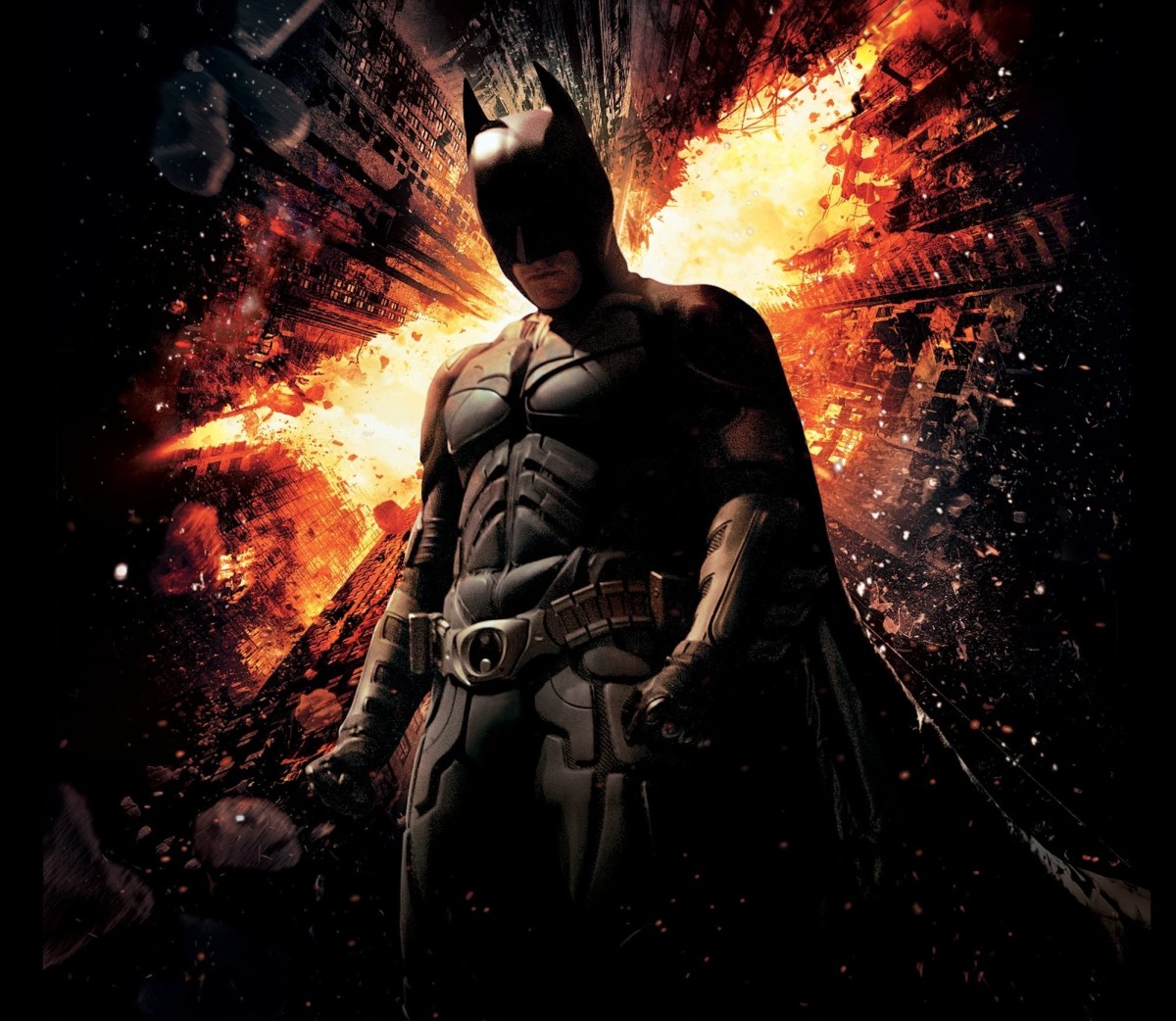- HubPages»
- Entertainment and Media»
- Movies & Movie Reviews»
- Science Fiction & Fantasy Films
Batman On-Screen
Since he debuted in DC Comics’ Detective Comics#27 (May, 1939), Batman has become not only one of the most famous comic book super-heroes of all time, but one of the greatest fictional icons whose popularity has yet to wane, thanks in part to his various mass media incarnations -- which, like generations of comic book writers and artists, were inspired by the mythos created by Bob Kane and Bill Finger, including the murder of billionaire Bruce Wayne’s parents, the childhood incident that prompted him to fight crime as the Caped Crusader.
In 1943, two years after Superman’s on-screen debut, Batman first appeared on movie screens in the first of two serials produced by Columbia, titled -- what else -- The Batman, in which the Dark Knight (Lewis Wilson) and his crime-fighting partner Robin (Douglas Croft) clashed with a Japanese criminal mastermind (J. Carroll Naish) bent on disrupting the Allied war effort; not surprisingly, the serial was released during World War II, when the United States fought against not only Japan, but also Germany and Italy. The first Batman movie serial, which also marked the first on-screen appearance of Bruce Wayne’s butler Alfred Pennyworth (played by William Austin), hasn’t aged that well, due in part to its wartime-inspired theme -- and yet, it was successful in its time, and helped paved the way for other Columbia serials based on DC comic book heroes, including Superman; in 1965, the first Batman movie serial itself was rereleased and reedited as a feature film.
Starting in 1945, Batman and Robin made regular appearances on the Adventures Of Superman radio program, either teaming up with the Man of Steel or taking center stage (partly to give Clayton “Bud” Collyer, who played Superman on the radio, some vacation time), with various actors playing the Dynamic Duo; the radio team-ups of Superman, Batman, and Robin would foreshadow their comic book team-ups in the pages of World's Finest Comics, starting in 1954. There were several attempts to produce a Batman radio program during and after World War II -- but they never came to fruition, as the Golden Age of Radio came to an end in the 1950’s. It would be over a decade before audio adventures starring Batman would become a definite probability.
In 1949, Columbia released the second Batman serial, Batman & Robin -- produced by B-movie veteran Sam Katzman -- in which the Dynamic Duo (Robert Lowery and John Duncan) squared off against the costumed criminal mastermind called the Wizard. The serial, which marked the first on-screen appearances of Gotham City Police Commissioner James W. Gordon (Lyle Talbot) and female journalist Vicki Vale (Jane Adams), was not only Batman's last on-screen appearance for the next seventeen years -- but also one of the last based on a popular comic book character, as television’s growing popularity would help bring an end to the movie serial in the 1950’s.
The 1950’s and early-1960’s would prove to be difficult for Batman, not helped by Dr. Fredric Wertham’s attacks on the character in his 1954 book Seduction Of The Innocent, as well as DC injecting science fiction and fantasy elements in Batman’s comic book stories, thus lessening the nocturnal image that helped define his early adventures. Fortunately, in 1964, DC editor Julius Schwartz -- a key player in the success of comics' Silver Age -- took over Batman and Detective Comics, and introduced a “New Look” for the Masked Manhunter, including not only restoring his status as a master detective, but also killing off Alfred Pennyworth (though he wouldn't stay that way for long).
It was Schwartz’s efforts as far as revamping Batman was concerned which would pave the way for the super-hero’s first successful foray into TV by the mid-1960’s, thanks to 20th Century Fox and veteran film and TV producer William Dozier; an earlier attempt to produce a live-action Batman TV series during the early-1960’s was planned, but never materialized. The live-action Batman TV series, which debuted on ABC in mid-January 1966, employed camp humor, an element that worked in its favor (at least during its first two seasons, when it aired twice a week), and which appealed to a generation of TV viewers, both young and old -- while at the same time, upsetting diehard comic book fans, even though the TV series was faithful to what was already established in the comic books. The live-action Batman TV series, which featured Neal Hefti’s unforgettable theme music, made stars out of Adam West (in the title role) and Burt Ward (as Robin) -- not to mention spotlighting well-known film and TV actors who played many of the Dynamic Duo’s enemies, including Cesar Romero as the Joker; Burgess Meredith as the Penguin; Julie Newmar (followed by Lee Meriwether and Eartha Kitt) as the Catwoman; and Frank Gorshin as the Riddler (a role later played by John Astin). The show’s success not only boosted sales of the Batman comic books and spawned a 1966 feature film based on the TV series (partly to sell it to foreign TV markets), but also launched a multi-billion dollar merchandising franchise, including toys and clothing, which would continue to grow in the coming decades. And in two 1967 episodes, Van Williams and Bruce Lee guest-starred in their TV roles of the Green Hornet and Kato, in an attempt to boost the ratings of the Green Hornet TV series, also produced by William Dozier (and which ultimately proved to be unsuccessful).
In the fall of 1967, Yvonne Craig joined the cast of the live-action Batman TV series, playing Batgirl (the second comic book super-heroine to take that name), a.k.a. Commissioner Gordon’s daughter Barbara, in an attempt to boost the show’s already-declining ratings. But in mid-March 1968, ABC cancelled Batman – in effect, ending William Dozier’s career as a TV producer. Though the live-action Batman TV series helped boost the character’s popularity during most of its almost-three year run, it ultimately hurt his image as a nocturnal crime-fighter by the end of the 1960’s, as well as helping to further fuel the somewhat naive belief that comic books appealed only to kids -- which wasn't really true, as the coming decades would help prove.
But Batman didn’t disappear from TV altogether – in the fall of 1968, the Filmation animation studio produced The Batman/Superman Hour, which aired as part of CBS’s Saturday morning line-up. The series marked Batman’s first foray into animated cartoons, with the Caped Crusader (Olan Soule), Robin (Casey Kasem), and the second Batgirl (Jane Webb) facing off against many of Batman’s enemies (with almost all of them voiced by Ted Knight) in animated shorts shown alongside new Superman animated shorts.
In 1969, DC editor Julius Schwartz and a new generation of comic book talents (most notably Denny O’Neil and Neal Adams) helped return Batman (who celebrated his 30th anniversary that year) to his original image as originally envisioned by Bob Kane and Bill Finger, while Dick Grayson, the first Robin, headed off to college – a decision that bode well for Batman’s future, though the legacy of the 1960’s live-action TV version continued to cast a shadow over the character, as reruns of the series aired in syndication (and later, cable TV).
In the fall of 1972, Batman and Robin made a pair of guest appearances on The New Scooby Doo Movies, which aired as part of CBS’s Saturday morning line-up, and produced by William Hanna and Joseph Barbera’s animation studio – a year later, Hanna-Barbera produced the Saturday morning animated TV series Super-Friends, which aired on ABC, in which Batman and Robin appeared alongside fellow DC super-heroes Superman, Wonder Woman, and Aquaman; the series ran on and off until 1986.
In 1977, Filmation produced The New Adventures of Batman, which aired as part of CBS’s Saturday morning line-up – Adam West and Burt Ward voiced Batman and Robin, the roles they played in the 1960’s live-action TV version, joined by not only the second Batgirl, but also Bat-Mite, the other-dimensional character who hero-worshipped Batman; reruns of that series continued to air on CBS, then NBC, until 1980. West and Ward also repeated their TV roles in Legends of the Super-Heroes, a two-part live-action TV special that aired on NBC in 1979; the end result, however, wasn’t that entertaining as audiences had hoped for, given the fact that the special leaned more towards slapstick comedy than serious adventure.
Since the mid-1960’s, at the height of the Batman TV show’s popularity, a significant number of record albums (and later, audio tapes and CD’s) featured audio adventures of not only Batman, but also other DC super-heroes like Superman, and helped paved the way for what would follow in the decades to come – including the BBC’s 1994 radio adaptation of the “Knights”-trilogy, a multi-part story-line involving Batman which DC published from 1992-94. (A year earlier, in 1993, the BBC also produced a radio adaptation of DC's "Death of Superman" story-line.)
The following is for sale at Amazon.com:
By the 1980’s, Batman was poised for a major show business comeback, helped in part by Frank Miller’s 1986 limited series The Dark Knight Returns. Warner Bros. (which, like DC, is owned by Time Warner) decided to bankroll a live-action Batman feature film that would be more serious than the 1960’s TV version, with the job of producing falling squarely on the shoulders of Michael Ulsan, Benjamin Melniker, Jon Peters, and Peter Guber; Tim Burton was assigned the task of directing it. The casting of Michael Keaton as Batman brought about initial concern from both film audiences and Hollywood insiders – yet, in the end, Keaton proved to be up to the task, as did Jack Nicholson, who played the Masked Manhunter's longtime enemy the Joker in the film. When released in 1989, Batman proved to be that year’s highest-grossing feature film, and went on to win its sole Academy Award for production designer Anton Furst. Three years later, in 1992, Burton and Keaton reunited for Batman Returns, in which the Caped Crusader faced both the Catwoman (Michelle Pfeiffer) and the Penguin (Danny DeVito), as well as a corrupt businessman (Christopher Walken) connected to Catwoman.
In the fall of 1992, Warner Bros.’ animation division produced Batman: The Animated Series, which debuted on FOX Broadcasting – the end result would be one of the best animated super-hero TV series of modern times (and of all time), outdoing its predecessors in terms of quality (including animation and storytelling techniques), thanks in part to the efforts of producers Eric Radomski, Alan Burnett, and Bruce Timm, and writers like Paul Dini (later a series producer); in 1997, the series moved to the WB TV network, where new episodes were paired with those of Superman: The Animated Series, an equally-superb animated TV series also produced by Burnett, Timm, and Dini. The success of Batman: The Animated Series would pave the way, not only for numerous animated TV series spotlighting DC super-heroes – including five in which Batman took center stage (Batman Beyond, on the WB Network from 1999-2001; Justice League, on Cartoon Network from 2001-06; The Batman, on the WB and CW TV networks from 2004-08; Batman: The Brave & The Bold, on Cartoon Network from 2008-11; and Beware The Batman, on Cartoon Network from 2013-14) – but also animated features, many produced for home video release, with a significant number of them based on story-lines originating in the comic books.
In 1995, the job of directing the next two live-action Batman feature films was handed over to Joel Schumacher, starting with Batman Forever, in which the Caped Crusader (Val Kilmer) meets Robin (Chris O’Donnell), as they clashed with Two-Face (Tommy Lee Jones) and the Riddler (Jim Carrey). Two years later, George Clooney took over the role of Batman in Batman & Robin (1997), as the Dynamic Duo, joined by Batgirl (Alicia Silverstone), battled not only Mr. Freeze (Arnold Schwarzenegger) and Poison Ivy (Uma Thurman), but also Bane (Robert Swenson), the key villain during part of the “Knights”-trilogy. While Schumacher’s Batman films were successful at the box office, they lacked the seriousness and darkness that marked the two first two films directed by Tim Burton -- and as a result, Warner Bros.' Batman film franchise went into hiatus for almost the next decade.
In the last few decades, Batman has spotlighted a number of best-selling popular video games – including the most recent, 2015’s Batman: Arkham Knight, which have been geared more towards teen-agers and young adults (reflecting, in part, the realities of the times), with the overall visual and technological quality of today’s video games outshining even those of the earlier (and, by modern standards, antiquated) video games which debuted in the 1970’s. Part of the video games’ success and their quality (especially in the recent video games) can be attributed to both DC Comics and Warner Bros. taking a major role in their overall development.
The following is for sale at Amazon.com:
In 2005, British filmmaker Christopher Nolan directed Batman Begins, the first of a three film trilogy which was more serious and realistic than even the last two Batman feature films from the mid-to-late-1990's, with Christian Bale playing the title role, and co-stars Michael Caine (as Alfred), Morgan Freeman (as Luicus Fox), and Gary Oldman (as Commissioner Gordon) lending great support. The success of Batman Begins would lead to the equally-successful The Dark Knight (2008), which won co-star Heath Ledger a posthumous Oscar for playing the Joker (the actor died of a drug overdose almost six months before the film’s release), and The Dark Knight Rises (2011); the success of The Dark Knight Rises would be somewhat tainted by James Holmes’ shooting spree in an Aurora, Colorado movie theater on July 20, 2011 during a late-night showing of the film before the film went into general release the following day.
In the fall of 2014, the live-action TV drama Gotham debuted on FOX – the critically-acclaimed and popular TV series focused on the situations of key Batman characters – both good and bad guys – not long after Bruce Wayne’s parents were murdered; the series' main hero is James W. Gordon, long before he became Gotham City's police commissioner. Gotham is but one of several successful live-action TV series based on DC super-heroes that have popped up in the past few years, including Arrow and The Flash (soon to be joined by a new live-action Supergirl TV series which will air on CBS in the fall of 2015).
Next year, movie audiences will see Ben Affleck playing Batman in Batman vs. Superman: Dawn Of Justice, which will pair the Caped Crusader with not only the Man of Steel (Henry Cavill, reprising his role from 2013’s Man Of Steel), but also longtime DC super-heroine Wonder Woman (Gal Gadot); the film, if successful, will no doubt launch future sequels and franchises (including two Justice League feature films that are currently in the works), which will further Batman’s popularity and legend -- and not just in the comic books.
Please visit John Lavernoich's official website: johnlavernoich.weebly.com




